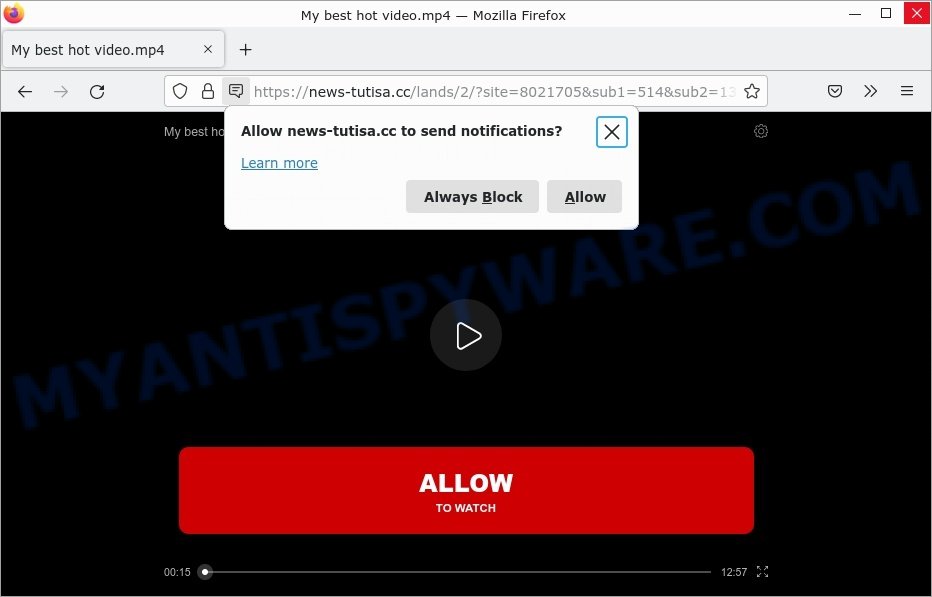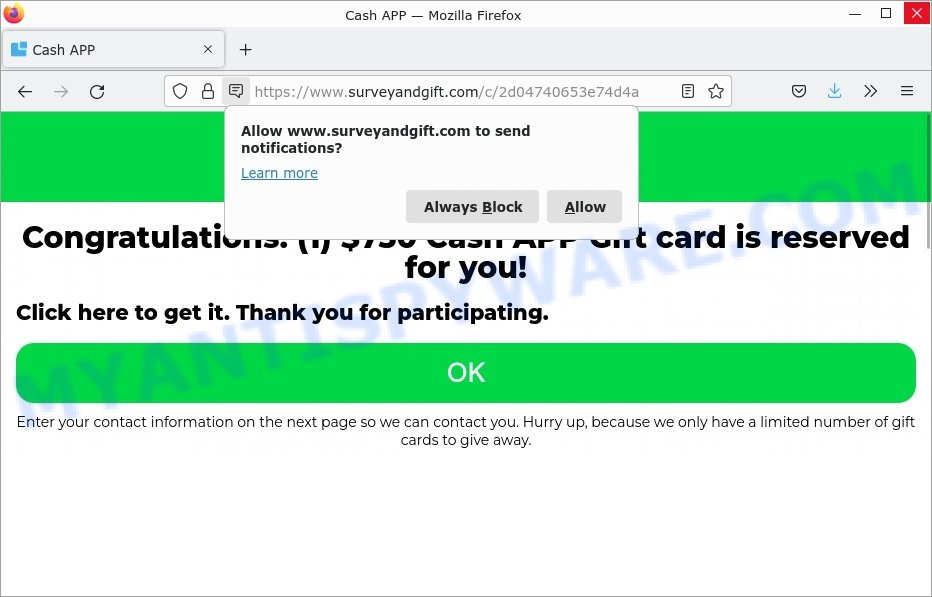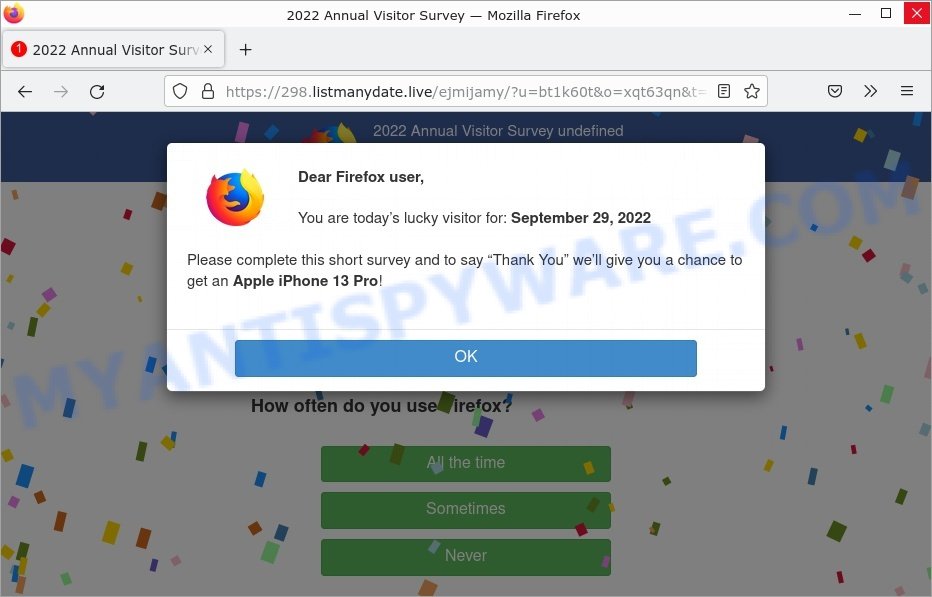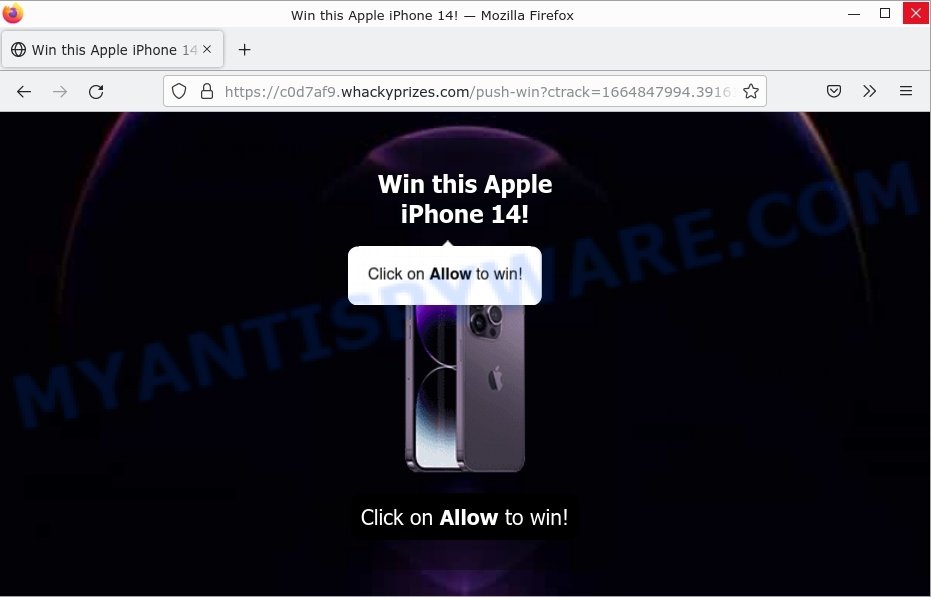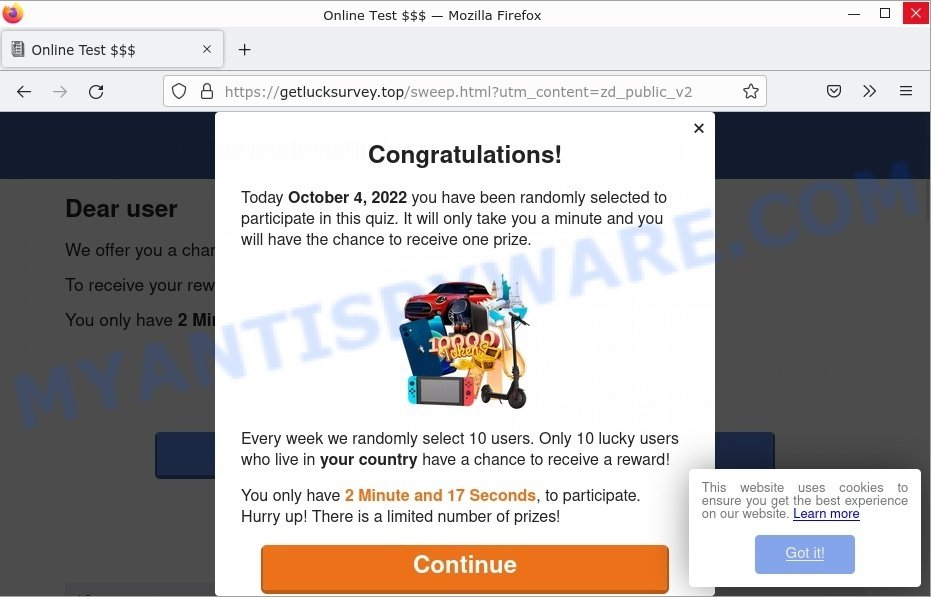Nextstephire.net QR code is a QR code scam aimed to trick unsuspected victims to scan a malicious QR code. Qr Code is a a type of barcode (matrix) typically used for storing URLs or other information for reading by the smartphone camera. These codes don’t show the destination urls, thus permitting scammers to hide malicious links inside the typical square image.
QR code scams are one of the fastest-growing types of online fraud. Scammers are creating malicious QR codes to steal sensitive or personal information of unsuspecting victims, or redirect them to malicious content and scam sites.
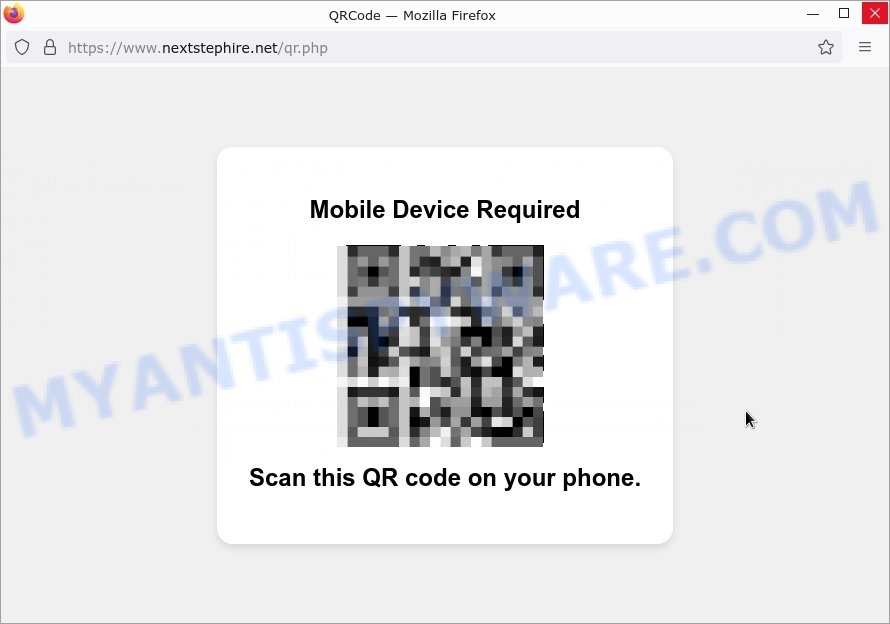
QUICK LINKS
Nextstephire.net QR code Scam in detail
Nextstephire.net displays a QR code with messages like “Mobile Device Required” and asks you to scan it with your phone. The aim is to trick you into revealing personal information or downloading harmful software.
Here is the full text of the scam message:
Mobile Device Required
Scan this QR code on your phone
Nextstephire.net is flagged as malicious by VirusTotal, which means it poses a threat to your device and personal data. The QR code leads to phishing sites or dangerous downloads that can compromise your privacy and security.
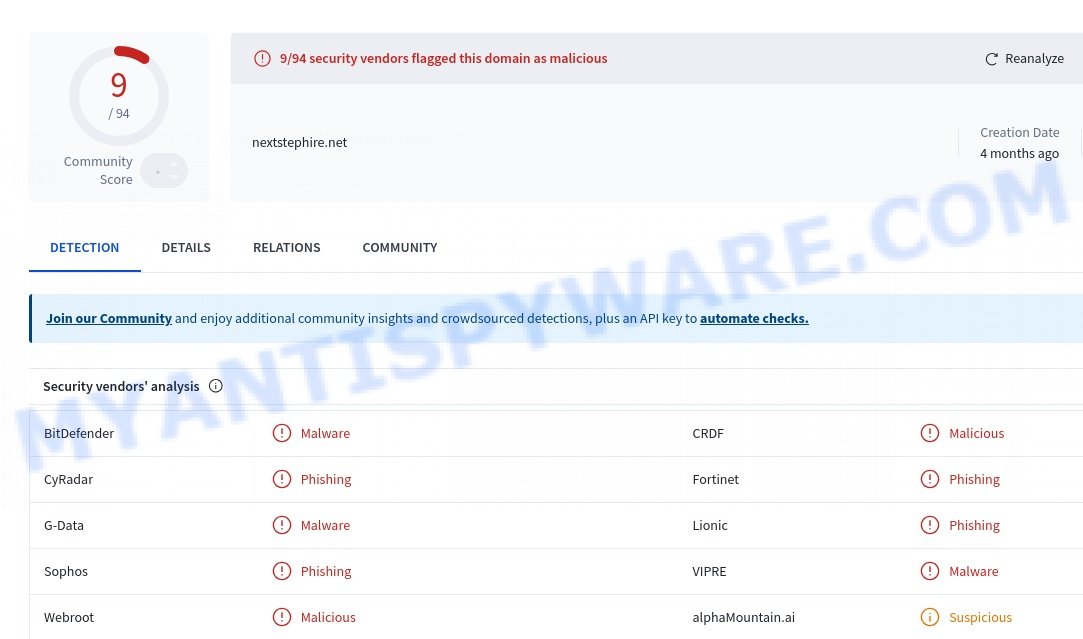
Attackers use malicious QR codes to redirect users to various diet pills scams, fake dating websites, pornographic content, fake virus alerts that trick users to buy or install applications that are not needed, work-at-home schemes and other questionable content. Below are some examples of such sites:
- News-tutisa.cc Best hot video Scam
- Cash APP Survey Scam
- 2022 Annual Visitor Survey Scam
- Whackyprizes.com Win Apple iPhone 14 Scam
- Getlucksurvey.top Survey Scam
In summary, “Nextstephire.net QR code” is a QR code Scam. It can trick users into making security mistakes or giving away sensitive information, exploit vulnerabilities on their smartphone and install malicious software.
Threat Summary
| Name | Nextstephire.net QR code Scam |
| Type | QR ccode scam, phishing |
| Fake claims | Scan the QR code to play this video in safe mode |
| Symptoms | Ads appear in places they shouldn’t be; Every time you perform an Internet search, your browser is redirected to a suspicious site; your device starts automatically installing unexpected apps; unwanted changes in your web browser; speed test good but internet slow; your device starts performing very slowly |
| Removal | Nextstephire.net QR code removal guide |
Examples of such scams
We’ve seen and reported on scams that use fake links to redirect users to fraudulent pages and malicious content. Examples: You have won 2 years subscription to Netflix, Cleaner Update for Android is Recommended, Pornographic Spyware Alert, You’ve made the 5-billionth search.
Users never visit sites like “Nextstephire.net QR code” themselves. Typically, users are redirected to them after they click on misleading ads, visit torrent, illegal movie streaming and similar websites. Sometimes, users are redirected to the sites due to installed browser hijackers, adware or other unwanted software.
Why am I redirected to the “Nextstephire.net QR code” Scam?
Scammers use different ways to promote QR code scams, most common of which is usually social networks (YouTube, Telegram, Instagram, Facebook, WhatsApp, Twitter). In addition, the scam can be promoted through deceptive ads and push notifications, as well as Adware and potentially unwanted apps (PUAs).
Cyber criminals abuse ‘push notifications’ by displaying unwanted ads. These ads are used to trick users into clicking fraudulent links, installing malicious software & so on.
Adware is a term that originates from ‘ad software’. In many cases, ‘adware’ is considered by many to be synonymous with ‘malware’. Its purpose is to generate profit for its developer by serving unwanted advertisements to a user while the user is browsing the Internet. Usually, adware gets into smartphones as part of a bundle with free apps, malicious downloads, fake updates, shared files, and other unsafe software.
How to avoid QR code scams and malicious redirects?
There are a number of methods that you can use to protect against malicious redirects and QR code scams. It is better to use them together, this will provide stronger protection.
- Think before you scan. Be especially careful with codes posted on websites. When you do scan a QR code, take a good look at the website it led you to. If it asks for banking or personal information that doesn’t seem needed, don’t hand it over.
- Preview the code’s URL. Some smartphone cameras can give you a preview of the code’s URL when you start scanning it. If the URL seems suspicious, then don’t click it.
- Use a secure scanner app or an ad blocker. These applications avoid the possibility of clicking on something malicious and prevent it from being downloaded to the phone.
- Pay for premium versions of popular services. The easiest way to avoid adware is to pay for the service you use. Many Internet services make it possible to use them without ads if you purchase a premium subscription. This helps ensure that malicious adware cannot reach you.
- Buy devices from trusted companies with built-in security. There have already been many cases where people who bought inexpensive Android devices found that adware was already installed on their devices. Cheap Android devices do not receive security updates and are therefore particularly susceptible to infection and should be avoided.
- Use an antivirus. Most antivirus programs can block malicious adware. Some malicious adware can block antiviruses, in which case a more aggressive method should be used, which is to use adware removal software. This software can detect and remove adware that has a negative impact on the device.
How to scan your smartphone for malware
If you suspect that your smartphone is infected with malware, you accidentally clicked on a link in the QR code scam, or just want to scan your device for malicious apps, then use Malwarebytes Mobile Security. It is a free app that can easily find and quickly remove potentially unwanted apps (PUAs), adware, trojans and other malicious software.
Download Malwarebytes, using the following link, and install it on your phone. After installing the application, launch it and run a scan. Once the scan is complete, Malwarebytes will notify you of any malware it finds and offer to remove it. Just follow the prompts.
To sum up
We hope this article helped you learn more about the Nextstephire.net QR code Scam and avoid the scammers. If you have questions or additional information for our readers, please leave a comment.
